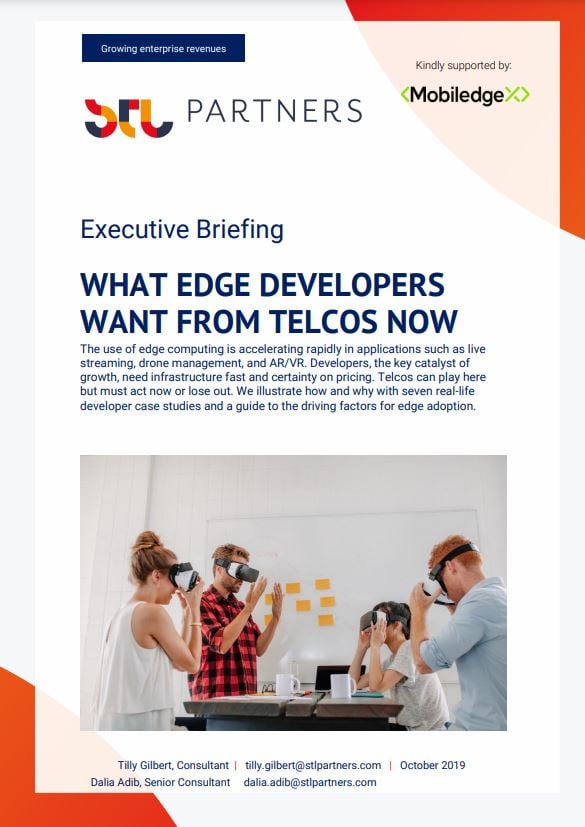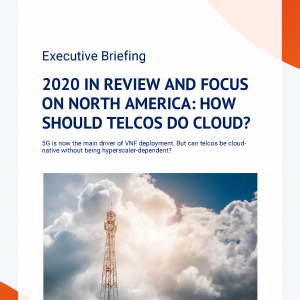What edge developers want from telcos now
£1,000.00 excl VAT
The use of edge computing is accelerating rapidly in applications such as live streaming, drone management, and AR/VR. Developers, the key catalyst of growth, need infrastructure fast and certainty on pricing. Through seven case studies we outline why developers want from edge computing, and how telcos can support them.
Description
Format: PDF filePages: 35 pagesCharts: 14Author: Tilly Gilbert, Dalia AdibPublication Date: October 2019
Table of Contents
- Executive Summary
- Introduction
- AR/VR for industry
- Application introduction (AR/VR for industry)
- 1000 Realities: Edge computing for remote AR assistance
- Light: edge for heavy duty computing with CAD models
- Arvizio: edge for dynamic collaboration between remote parties
- Challenges and implications for telcos
- UAV/drones
- Commercial drones are struggling to achieve wide scale adoption
- Enter edge computing: enabling autonomous drones
- Atrius’ experience: edge is necessary, and the network is key
- Challenges and implications for operators
- Video and application optimisation
- The changing nature of video and application optimisation
- Benefits of the telecom edge
- Edge use cases in video / application optimisation
- Challenges and implications for operators
- Location-based services
- There are current technical limitations that come with location-based services – and edge can help solve them
- Edge computing and location-based services: how it works
- Challenges and implications for operators
- Monetisation opportunities for telcos
- Conclusions: practical next steps for operators
Table of Figures
- Figure 1: Use case diagram of how edge computing can enable 1000 Realities’ solution
- Figure 2: Latency and data security were the two most critical factors that edge compute can deliver for 1000 Realities
- Figure 3: With edge computing, workloads can be distributed across the compute spectrum
- Figure 4: When remote parties want to collaborate, edge computing can ensure there is no lag in the parties’ experiences
- Figure 5: Latency is the most important factor for autonomous navigation, whereas heavy data load is needed for real-time data analysis
- Figure 6: Processing data from drones moving to the telecom edge
- Figure 7: Drone-RAN latency levels can only be met with edge computing
- Figure 8: Ecosystem of stakeholders to enable autonomous drone systems
- Figure 9: Benefits of edge computing according to Smart Mobile Labs
- Figure 10: Smart Mobile Labs using edge computing for live event experiences
- Figure 11: Smart Mobile Labs’ results for cloud gaming latency in 5G test environment
- Figure 12: On premise edge computing enables real-time location monitoring
- Figure 13: Radius has described the ecosystem their solution relies upon
- Figure 14: Edge monetisation opportunities for telcos
Technologies and industry terms referenced include: AR, developers, drones, edge computing, location based services, marketplace, VR


